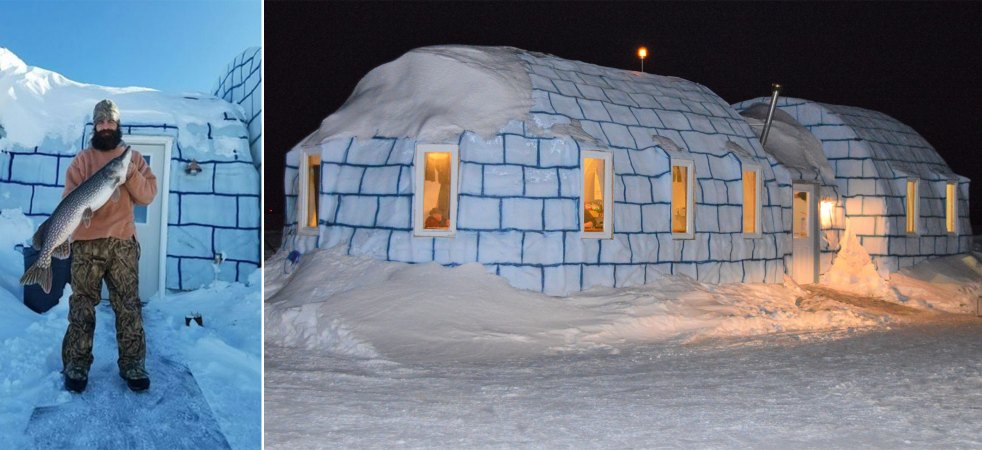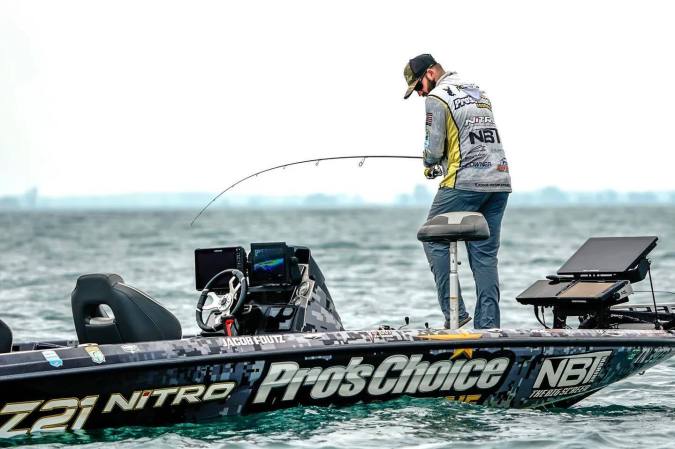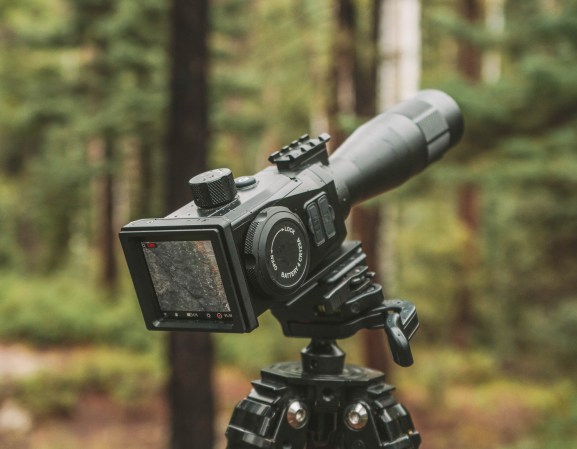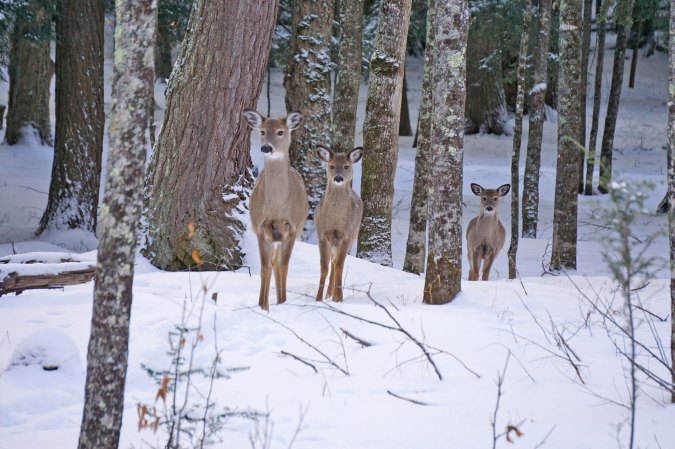Albert Einstein is commonly credited with defining insanity as doing the same thing over and over and expecting a different result. Old Albert immediately popped into my mind when I read that a Maryland senator is trying to pass a bill that would rename northern snakeheads “Chesapeake channa,” at least on restaurant menus and fish market chalkboards.
The goal, of course, is to make this invasive fish with python skin and cobra fangs more appealing to diners. The logic here is that if commercial demand goes up, more snakeheads will die, which benefits the environment. On paper it’s a fine idea, but if I could sit down with the senator over a lunch of fresh copi, I might be able to help him understand why this probably isn’t going to work.
Copi, It’s What’s for Dinner?
Have you ever ordered copi at a restaurant? I’d bet you’ve never seen it on a menu. That’s the new name given to several members of the invasive Asian carp family in an attempt to boost sales and make the fish sound appetizing. The move made sense because, after all, whether you fish or not, everybody knows carp and nobody wants to eat them.
But the name campaign has mostly fallen flat. The hope was that these highly destructive fish would be sold across the nation, but that simply isn’t happening. The sad thing is Asian carp is quite delicious. I’ve eaten it, and it’s a clean, crisp, mild white-meat fish. Likewise, northern snakehead might be my favorite freshwater fish on the table, and I’ve been happily turning them into tacos for the last eight years.
Read Next: Can You Eat Carp?
To the best of my knowledge, however, renaming a fish to boost demand has only worked twice in history, and both times the results were kind of disastrous. But there’s a lot to learn from these cases, particularly in the psychology department.
Toothfish and Slimeheads
Consider the Chilean seabass, a fish you’ve likely heard of if not enjoyed at a nice restaurant on your anniversary. Their real name is Patagonian toothfish. They’re a rather ugly black fish caught in deep Arctic waters, but when fish wholesaler Lee Lantz tasted their succulent white flesh in the late 1970s, he knew the masses would love it if he could market it properly. So, the name was changed and suddenly it was on menus and in seafood markets across the globe. Lantz became very wealthy.
The same thing happened with slimeheads, a deep-water ocean fish abundant off the cost of New Zealand. You may have eaten one of those, too, but it was sold to you as orange roughy. The problem with both orange roughy and the Chilean seabass is that the sudden spike in demand drove both species to near extinction. Now, when facing down invasive species like snakeheads and Asian carp, biologists, chefs, and politicians are looking for this same kind of lightning to strike, but it’s my belief that it won’t for the simple fact that they’re freshwater fish.
Saltwater Fish vs Freshwater Fish
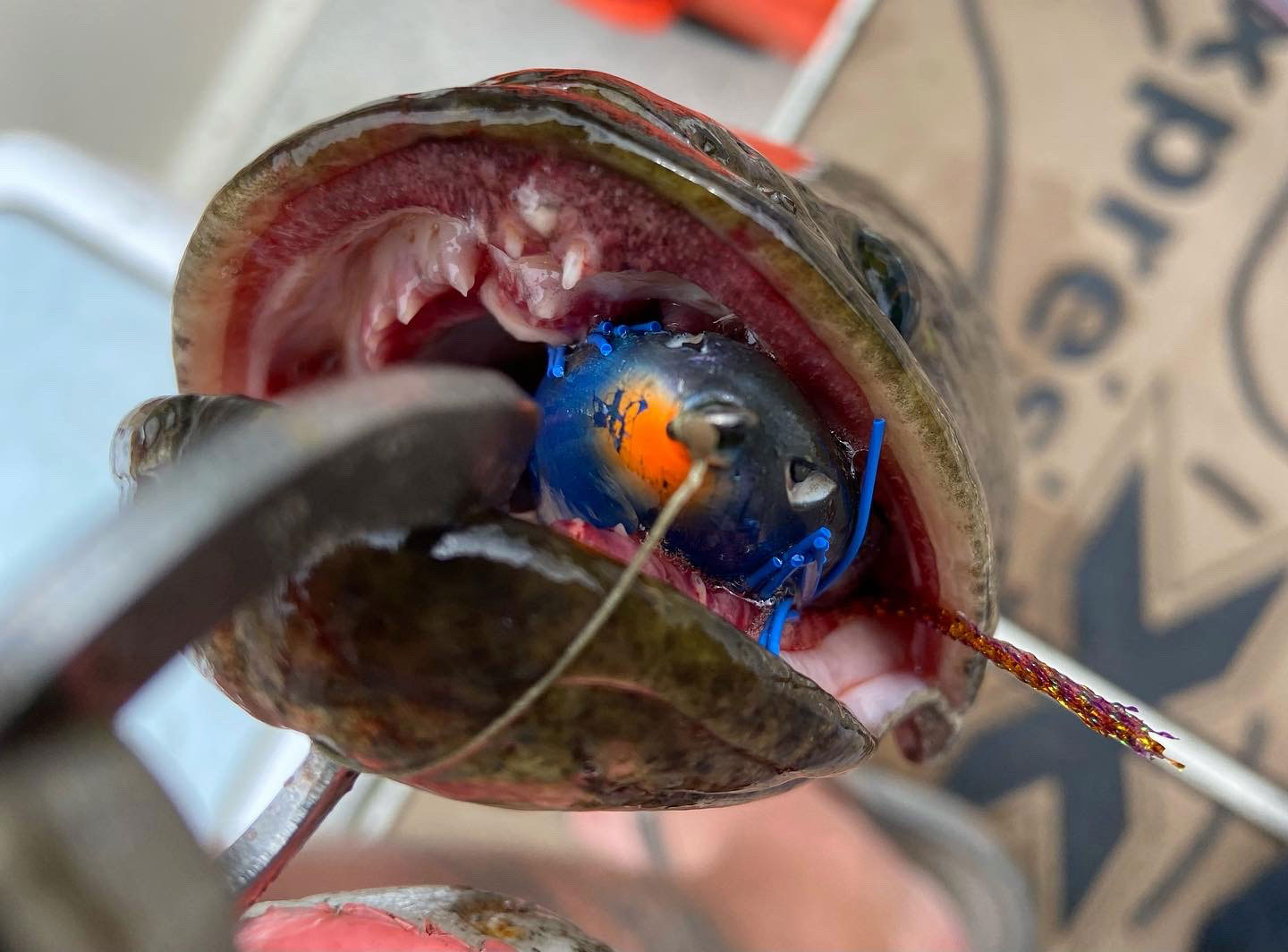
Photo by Joe Cermele
I think that general consumers — in other words, non-anglers and people with no deep knowledge of fish — are more apt to try a novel saltwater species than a freshwater species. In many respects, we can thank the booming sushi market for this. The first time I ever tried “white tuna” was in its raw form, and I thought it was superbly tasty. I still order it every time I’m in a Japanese restaurant. Turns out its real name is escolar and it’s almost as hideous as the Chilean seabass. But when the waitress explained it’s a deep-water fish sourced from the icy-cold waters at the bottom of the central Gulf of Mexico, I was intrigued.
Since most people are aware of the high price species like bluefin tuna, monkfish, and tilefish served up in restaurants, saltwater fish in general have a more luxurious feel about them. It’s decadent. Even though I’d later learn escolar is fairly easy to catch commercially, I felt like I was eating something exotic and hard-to-get that first time. But in my experience, Americans simply don’t look at freshwater fish the same way.
Sure, there are restaurants across the Great Lakes region that serve fried walleye and yellow perch. Across the South there are loads of rustic catfish joints. Pan-seared rainbow trout is a common special at classy eateries, which always makes me chuckle because there’s no commercial wild trout fishery I’m aware of, so you’re paying top dollar for a tank-raised fish.
Beyond these staples, however, Americans don’t seem as willing to get experimental with freshwater fish, which makes some sense. Try as a chef might to sell you on copi or snakehead, if you live where those fish live it could be easy to associate them with the muddy river you drive over every day or that mucky bog you pass on your way to work. Those habitats don’t hit the same as the depths of the (perceived) clean ocean thousands of miles away.
Bigger Lies?
Over the years, I’ve fed northern snakehead to at least a dozen first-timers. Every single one was blown away by the taste, texture, and mild flavor. But none of them found it so good that they became passionate snakehead anglers because they wanted their freezer stocked.
A few even texted me later when they wound up in a restaurant that served snakehead. They didn’t order it but forwarded a shot of the menu just because they thought it was kind of neat. My takeaway is that with snakeheads and Asian carp, people are open to it if someone they know and trust caught it and prepared it for them. To that end, the one time I ate Asian carp was at the house of a buddy who personally shot it with a bow and raved about it on the table. Had I been sitting at a restaurant and seen copi on the menu, I’d have been too worried that I wouldn’t like it, thereby wasting my money and ruining what could have been a nice meal if I just ordered a steak.
What makes me laugh the hardest about these name changes, however, is that they seem aimed at making a fish more appealing without being too deceitful, and, frankly, I just don’t understand the approach. The “channa” in Chesapeake channa refers to the snakehead’s Latin name, Channa argus. The term “copi” has no tie to the fish at all.
Read Next: How to Catch Snakeheads
But in both cases, the average consumer will likely question both names because they’ve never heard of either. They’ll ask the server what it is, and short of telling a bold-faced lie, the server will explain, and the deal will likely be off. Chilean seabass is a lie, of course, but it sounds delicious, and ordinary people feel comfortable with seabass. It’s safe. So, why not just call snakeheads Chesapeake cod or Maryland rock perch? Why not call Asian carp silver bass on menus? If you’re going to pull a fast one, pull it all the way and it may actually move the product. Just ask Lee Lantz.




